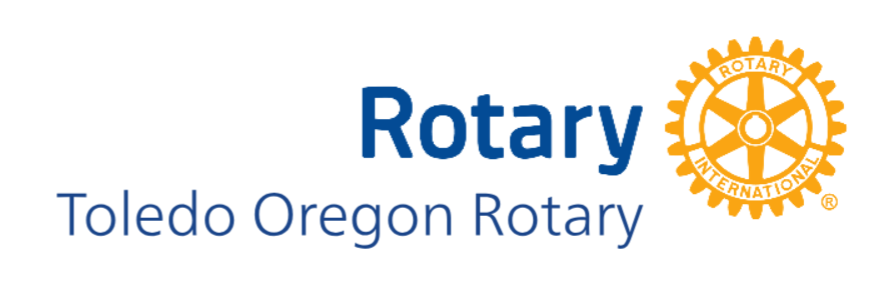A Brief History
The world’s first service club, the Rotary Club of Chicago, Illinois, USA, was formed on 23 February 1905 by Paul P. Harris, an attorney who wished to recapture in a professional club the same friendly spirit he had felt in the small towns of his youth. The name “Rotary” derived from the early practice of rotating meetings among members’ offices.
Rotary’s popularity spread throughout the United States in the decade that followed; clubs were chartered from San Francisco to New York. By 1921, Rotary clubs had been formed on six continents, and the organization adopted the name Rotary International a year later.
As Rotary grew, its mission expanded beyond serving the professional and social interests of club members. Rotarians began pooling their resources and contributing their talents to help serve communities in need. The organization’s dedication to this ideal is best expressed in its principal motto: Service Above Self. Rotary also later embraced a code of ethics, called The 4-Way Test, that has been translated into hundreds of languages.
During and after World War II, Rotarians became increasingly involved in promoting international understanding. In 1945, 49 Rotary members served in 29 delegations to the United Nations Charter Conference. Rotary still actively participates in UN conferences by sending observers to major meetings and promoting the United Nations in Rotary publications. Rotary International’s relationship with the United Nations Educational, Scientific, and Cultural Organization (UNESCO) dates back to a 1943 London Rotary conference that promoted international cultural and educational exchanges. Attended by ministers of education and observers from around the world, and chaired by a past president of RI, the conference was an impetus to the establishment of UNESCO in 1946
